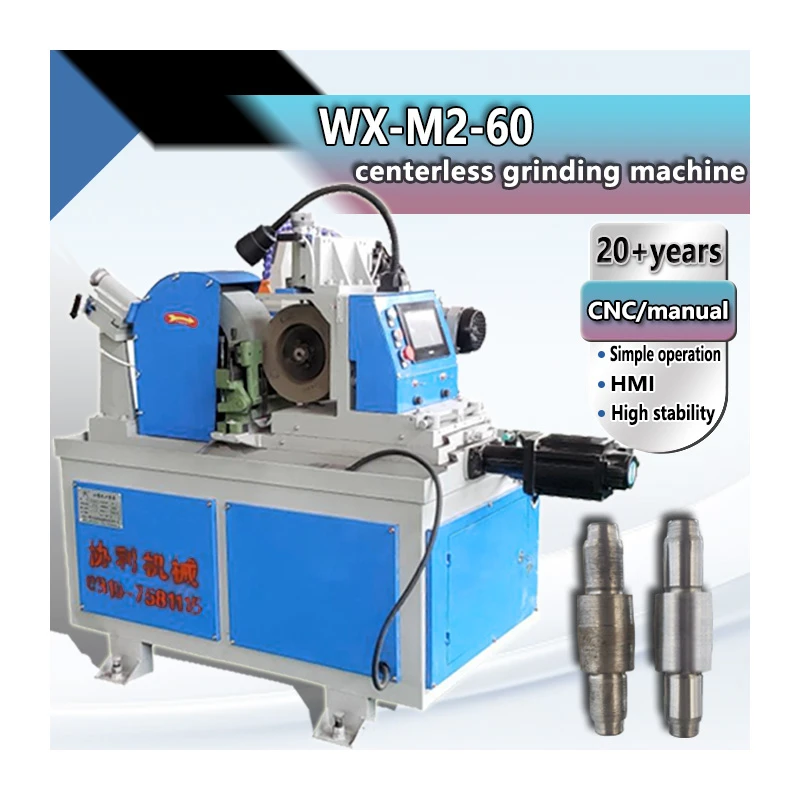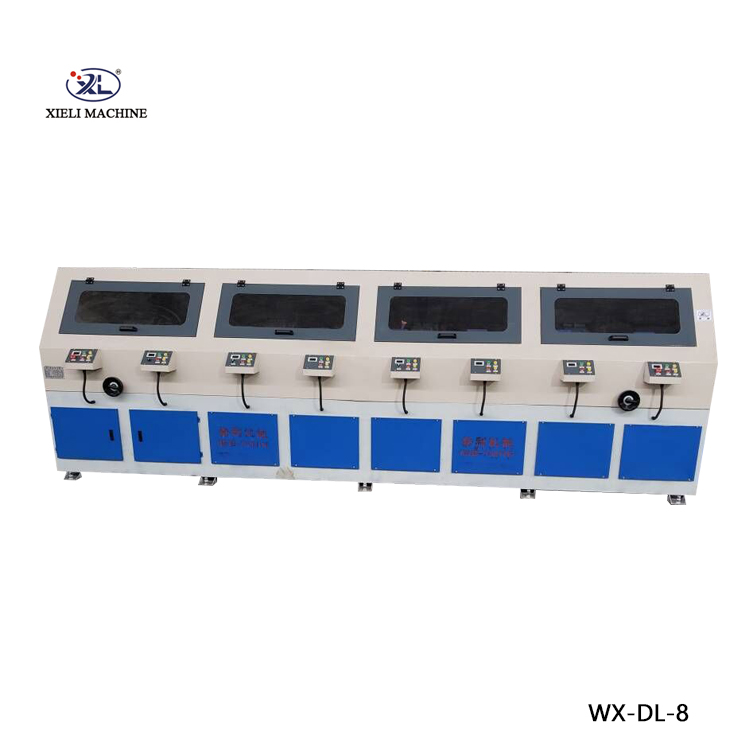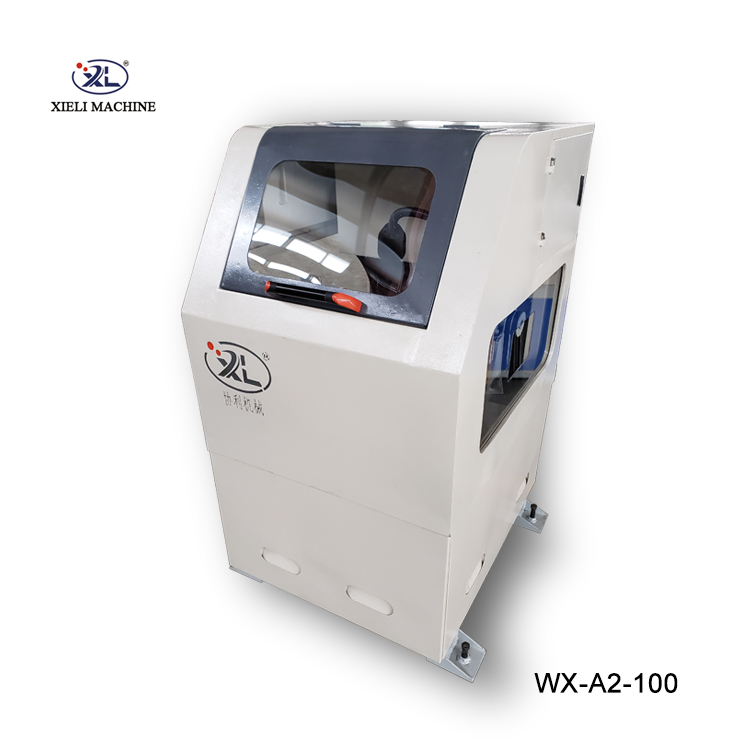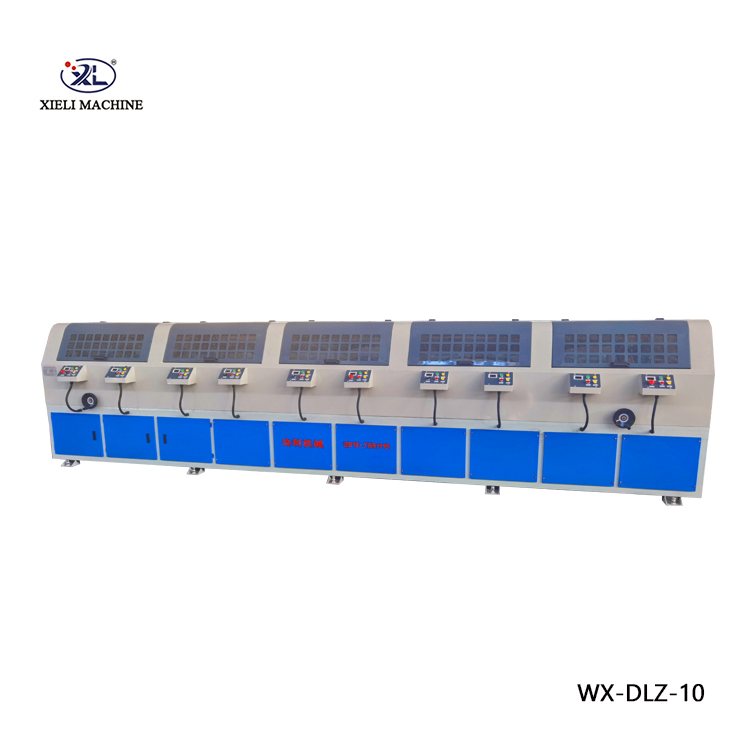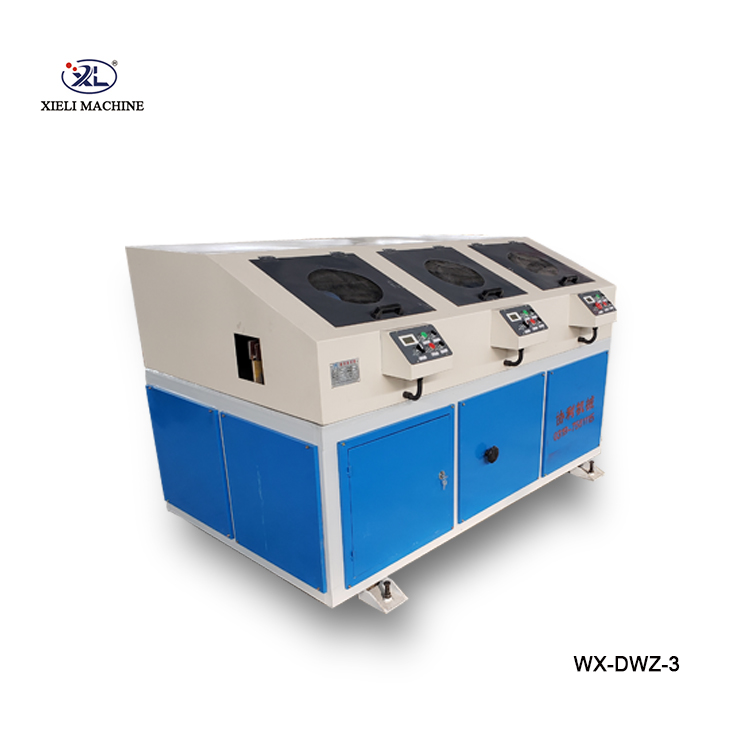In the realm of industrial manufacturing and material processing, grinding and polishing equipment plays a pivotal role in achieving precise surface finishes and dimensional accuracy. These tools are essential across various sectors, from metalworking and woodworking to automotive and aerospace industries. Whether it's a grinding and polishing machine designed for heavy-duty industrial use or a more specialized grinder polisher machine for intricate tasks, understanding their functionalities, applications, and advancements is crucial for optimizing productivity and quality. This article delves into the key aspects of these machines, including their working principles, practical uses, selection criteria, and the role of automation in modern manufacturing.
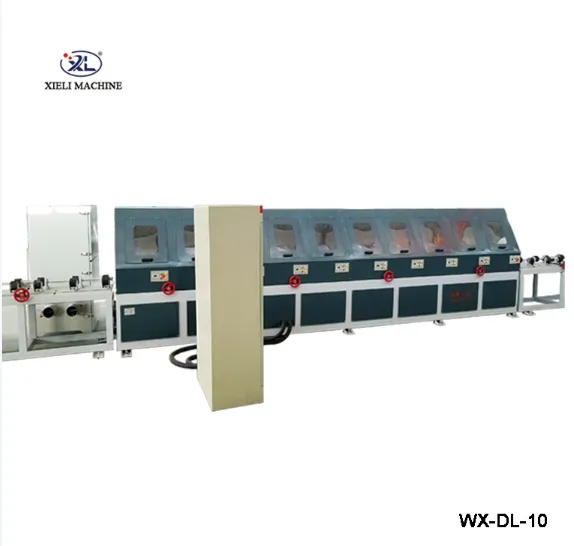
Understanding the Basics of Grinding and Polishing Machines
Grinding and polishing machines are designed to remove material from a workpiece's surface to achieve a desired finish, smoothness, or shape. Grinding typically involves using an abrasive wheel or belt to cut through tough materials like metal, glass, or ceramic, while polishing uses softer abrasives or compounds to create a smooth, reflective surface. The grinder polisher machine often combines both functions, allowing operators to first grind down rough surfaces and then polish them to a high shine. These machines can be manual, semi-automatic, or fully automatic, with the latter incorporating advanced technologies like computer numerical control for precision and consistency.
Applications of Grinding and Polishing Equipment Across Industries
In metalworking, grinding and polishing machines are used to clean, shape, and finish parts such as gears, shafts, and sheets. For example, after welding, a grinder polisher machine can remove weld beads and smooth the surface, while a specialized automatic grinding and polishing machine might be used to finish stainless steel components for the food and medical industries, where hygiene and surface perfection are critical.
In woodworking, these machines help sand and polish wooden surfaces to create smooth, splinter-free finishes. A grinding and polishing machine with a belt sander attachment can quickly remove rough edges from lumber, while a slower-speed grinder polisher machine with a buffing pad can apply lacquers or stains evenly, enhancing the wood's natural beauty.
The automotive industry relies on grinding and polishing equipment to finish engine components, body panels, and alloy wheels. An automatic grinding and polishing machine can consistently polish car bumpers or headlight covers to a mirror-like finish, while in aerospace, these machines are used to shape and smooth aircraft parts, ensuring aerodynamic efficiency and structural integrity.
Choosing the Right Grinding and Polishing Equipment for Your Needs
The step in selecting grinding and polishing equipment is identifying the material you'll be working with—metals, plastics, wood, or ceramics—and the desired outcome. A heavy-duty grinding and polishing machine with a powerful motor is ideal for tough materials like steel, while a lighter grinder polisher machine might suffice for softer materials like aluminum or wood. For high-volume production, an automatic grinding and polishing machine offers consistency and speed, reducing labor costs.
The Rise of Automation in Grinding and Polishing Machinery
Benefits of Automatic Grinding and Polishing Machines
Automatic grinding and polishing machines represent a significant advancement in industrial technology. These machines use sensors, AI algorithms, and robotic systems to automate the entire process, from loading the workpiece to adjusting pressure and selecting the right abrasive. This automation ensures consistent quality, minimizes material waste, and allows 24/7 operation, making them ideal for high-volume manufacturing. Unlike manual or semi-automatic models, they reduce reliance on skilled labor, as the machine follows pre-set parameters to achieve the desired finish every time.
As technology evolves, we can expect automatic grinding and polishing machines to become even more intelligent, with improved machine learning capabilities to adapt to different workpieces without manual reprogramming. Additionally, advancements in sustainable manufacturing may lead to the development of energy-efficient models and eco-friendly abrasives, making grinding and polishing equipment more environmentally friendly.
Grinder Polisher Machines FAQs
What are the primary differences between a grinding machine and a polisher machine?
A grinding machine is designed for removing significant amounts of material from a workpiece, using coarse abrasives to shape or smooth rough surfaces. A polisher machine, on the other hand, uses finer abrasives or compounds to create a smooth, shiny finish without removing much material. Many modern grinder polisher machines combine both functions, allowing users to switch between grinding and polishing operations seamlessly.
How often should I maintain my automatic grinding and polishing machine?
Regular maintenance is key to prolonging the lifespan of automatic grinding and polishing equipment. This includes daily checks for debris and lubrication of moving parts, weekly inspections of abrasive wheels or belts, and monthly reviews of the machine's control systems and sensors. Following the manufacturer's maintenance schedule ensures optimal performance and reduces the risk of unexpected breakdowns.
Can a grinding and polishing machine be used for both metal and wood?
Yes, many grinding and polishing machines are versatile enough to handle different materials, provided the correct abrasives and settings are used. For example, a grinder polisher machine can grind metal with a coarse steel wheel and then polish wood with a soft cloth pad and polishing compound. Always consult the machine's manual to ensure compatibility with specific materials and adjust the speed and pressure accordingly.
What safety precautions should be taken when operating a grinder polisher machine?
When using grinder polisher machines, always wear appropriate personal protective equipment , including safety glasses, gloves, and hearing protection. Ensure the workpiece is securely clamped, the machine is grounded, and all guards are in place. Never leave the machine unattended while it's running, and disconnect the power when changing abrasives or performing maintenance.
How does an automatic grinding and polishing machine improve production efficiency?
An automatic grinding and polishing machine reduces human error by following pre-programmed instructions, ensuring consistent results for every workpiece. It can operate continuously without breaks, increasing output rates, and integrates with other factory systems for seamless workflow management. This automation also allows manufacturers to reallocate skilled labor to more complex tasks, enhancing overall productivity.
Grinding and polishing equipment is indispensable in modern manufacturing, offering the precision and versatility needed to transform raw materials into high-quality finished products. From the basic functionalities of a grinding and polishing machine to the advanced automation of an automatic grinding and polishing machine, these tools continue to evolve, driving innovation across industries. By understanding their applications, selection criteria, and maintenance requirements, businesses can make informed decisions to enhance their operations, improve product quality, and stay competitive in a rapidly advancing industrial landscape. As technology progresses, the integration of automation and smart features will only make these machines more efficient, reliable, and essential for the future of manufacturing.

